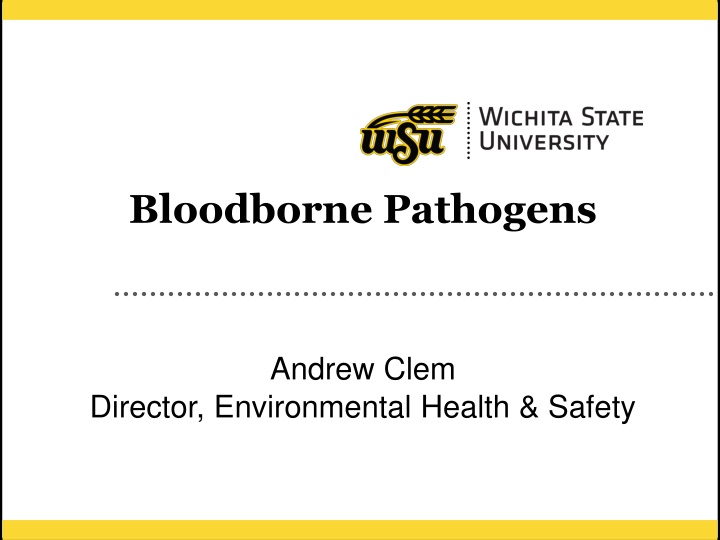The Divine Revelation: The River of Life and Tree of Life in Revelation 22
In Revelation 22, the vivid imagery of a river of water of life and the tree of life symbolize the essence of God's eternal presence and healing for humanity. The chapter portrays a world without curses, illuminated by the everlasting light of God, where His servants reign forever. Through allusions to Genesis, it highlights the elements essential for life: water, food, and health. Explore the profound symbolism of the garden of healing and eternal life depicted in Revelation 22.
Download Presentation

Please find below an Image/Link to download the presentation.
The content on the website is provided AS IS for your information and personal use only. It may not be sold, licensed, or shared on other websites without obtaining consent from the author.If you encounter any issues during the download, it is possible that the publisher has removed the file from their server.
You are allowed to download the files provided on this website for personal or commercial use, subject to the condition that they are used lawfully. All files are the property of their respective owners.
The content on the website is provided AS IS for your information and personal use only. It may not be sold, licensed, or shared on other websites without obtaining consent from the author.
E N D
Presentation Transcript
Bloodborne Pathogens Andrew Clem Director, Environmental Health & Safety 1
The OSHA Bloodborne Pathogens standard, 29 CFR 1910.1030 Created by OSHA in 1991. This standard is designed to protect workers from the risk of exposure to bloodborne pathogens, such as the Human Immunodeficiency Virus (HIV) and the Hepatitis B Virus (HBV). 2
Bloodborne Pathogens Any pathogenic microorganism that is present in human blood that can infect and cause disease in exposed persons. 3
Examples of BBP diseases Acquired Immune Deficiency HIV Hepatitis B HBV Hepatitis C HCV 4
Fluids that could contain HIV blood, semen, vaginal secretions, breast milk, cerebrospinal fluid amniotic fluid Contact with urine, feces, saliva, vomit, tears, nasal secretions and sweat cannot transmit bloodborne pathogens unless they contain VISIBLE BLOOD. And then, an exposure can only take place if the pathogen can get into the body of the exposed person. These items have never been shown to result in the transmission of HIV. 5
Hepatitis Inflammation of the liver HBV, HCV and Delta Hepatitis Symptoms: various fever, arthritis, headache, stiff neck, nausea, vomiting, malaise, jaundice, enlarged liver. Can lead to death One third of infected persons don t have any symptoms. 6
Hepatitis B Virus - HBV HBV vaccination recommended for healthcare workers. Series of three shots given over several months. CDC 300,000 new case annually, of that, 12,000 cases among healthcare workers Hepatitis B virus can survive outside the body at least 7 days. During that time, the virus can still cause infection if it enters the body of a person who is not infected 7
Hepatitis C Virus - HCV No vaccine, but there is a cure (Harvoni/Mavyret) Most common chronic bloodborne infection in U.S. according to CDC About 15,000 people are infected annually The Hepatitis C virus can survive outside the body at room temperature, on environmental surfaces, for up to 6 weeks 8
HIV and AIDS HIV attacks the immune system (T4 cells) and causes AIDS Immunmo-compromised infected with opportunistic diseases Latency period is two weeks to one year One third are asymptomatic Symptoms fever, weight loss, fatigue, cough, rash, swollen lymph nodes, yeast infection of the mouth (thrush). 9
Portals of Entry inoculation (dirty/shared needle) wounds in skin/open sore abrasions/scratches in skin oral mucous nasal mucous 10
Transmission of Hepatitis B How is Hepatitis B spread? Hepatitis B is spread when blood, semen, or other body fluid infected with the Hepatitis B virus enters the body of a person who is not infected. People can become infected with the virus during activities such as: Sex with an infected partner Sharing needles, syringes, or other drug-injection equipment Sharing items such as razors or toothbrushes with an infected person Direct contact with the blood or open sores of an infected person Exposure to blood from needle sticks or other sharp instruments 11
Survival of HIV in blood HIV may survive in dried blood at room temperature for up to five or six days. The drying of blood does not seem to affect the infectivity of HIV. Sewage is highly unlikely to pose a risk because infectious HIV has never been isolated from feces or urine. 12
Decontamination of blood spills or drops of blood, wet or dry Wear gloves and gown, avoid splashing if wet Absorb blood/fluid If dry, saturate blood until wet Absorb remaining fluid Place in biohazard container 15
What kills the viruses? 1:9 mixture of Clorox and water. Spray on the contaminated area. 70% Ethanol or Isopropanol Spray these products on the potentially-infections material and allow to set for 10 minutes to kill any potential pathogens. 16
Removal of PPE after clean up Gloves (outer pair) Goggles and Face Shield Gown Mask or Respirator Inner pair of gloves 17
What if you think you may have been exposed? 1) Thoroughly wash and irrigate the affected area thoroughly with soap and water for several minutes. 2) Report your exposure event to you supervisor. You will be referred for medical consultation. 3) If directed, your physician may prescribe the hepatitis B vaccination. When given within 24 hours of exposure, it will prevent the Hepatitis B. This will be given at no charge to you for the medical care or the cost of the vaccination. 20
Quiz Put your name on the quiz Quizzes will be handed in when complete 21























